Ankara Castle is one of the oldest attractions in the Turkish capital, dating back to the Roman, Seljuk and Ottoman Empires. Admire the castle to get a glimpse of the structure's history, which has become a very popular destination for tourists and locals alike.
Although the exact date of its original construction is unknown, some believe that the Hittites (an ancient empire that ruled north-central Anatolia in 1600 BC) who were once stationed in Ankara , built Ankara Castle. However, due to the lack of archaeological artifacts to prove this fact, the castle is often associated with the Roman, Byzantine, and Seljuk eras, during which time the castle underwent several renovations.
The castle was built and occupies the entire top of the mountain, overlooking the city and the red-tiled roofs of the old historic houses of Ankara. There is also an outer wall equipped with 20 towers, located on the periphery of the old city and built as a protective wall. The main castle inside has an area of about 43,000 km2 with 42 towers, most of which are pentagonal towers built on walls 14-16 m high.
The castle's highest point, known as Akkale or Alitaşı, stands in the southeast corner. One of the two entrances to the castle also has an epitaph belonging to the Ilkhanate Empire (the southwestern region of the Mongol Empire), while the northwest portion of the structure displays inscriptions belonging to the Seljuk Empire.
Although the outer wall is damaged over time, the castle itself can still stand intact. During the invasions of the 8th and 9th centuries, the remains of Roman structures in the city became reclamation materials, with the marble blocks and headstones still visible in the rotating sections. south side of the castle.
Indeed, the castle has seen many invasions, undergoing numerous repairs and renovations starting with the invasion of Galata (a domain in Ankara) in the 2nd century BC. In AD 217, the Roman Emperor Caracalla repaired the walls, and after the Persians defeated Emperor Severus Alexander between 222 and 260, the castle was almost completely destroyed. In the 7th century, the Romans renovated the structure again, and in 688 Constantine the Great built a new outer wall to accommodate the new borders of the city. In 1073, the castle was taken over by the Seljuk Empire, and during the Ottoman period, in 1832, Maktul's son Ibrahim Pasha repaired the castle.
Today, the castle is a visual amalgamation of different historical eras, all of which have left their mark in one way or another. The old houses in Ankara located within the outer wall of the castle are also very beautiful and made of wood, mud bricks and tiles. From the castle, the adjoining location between old and new Ankara really stands out and is a great place to watch as the sun sets over the great capital city.
Business hours:
Daily, from 10:00 –
Ticket price: free
Address: Kale, 06240 Altındağ/Ankara, Turkey
 Register
RegisterSign in Travel Agent
Sign in Supplier
Sign in Affiliate
Sign in Guru

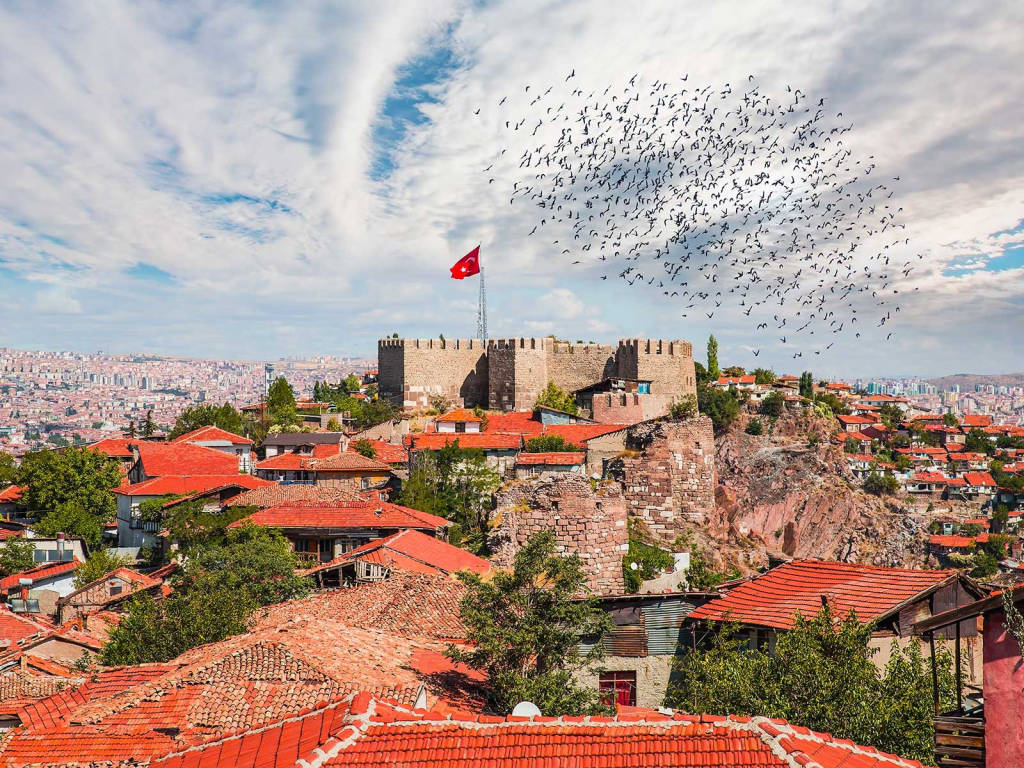
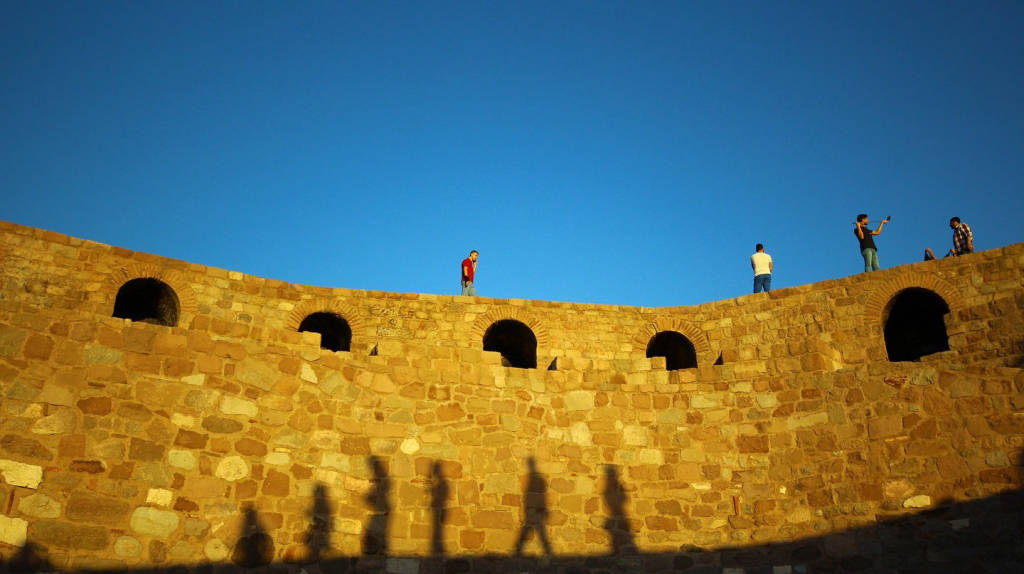
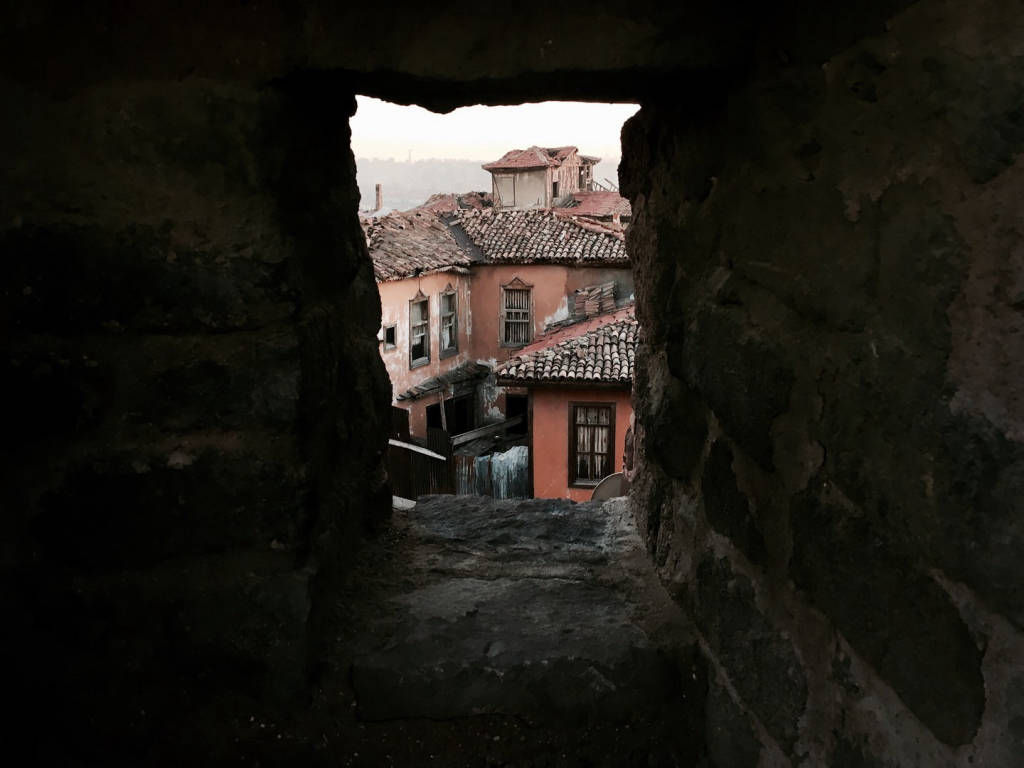
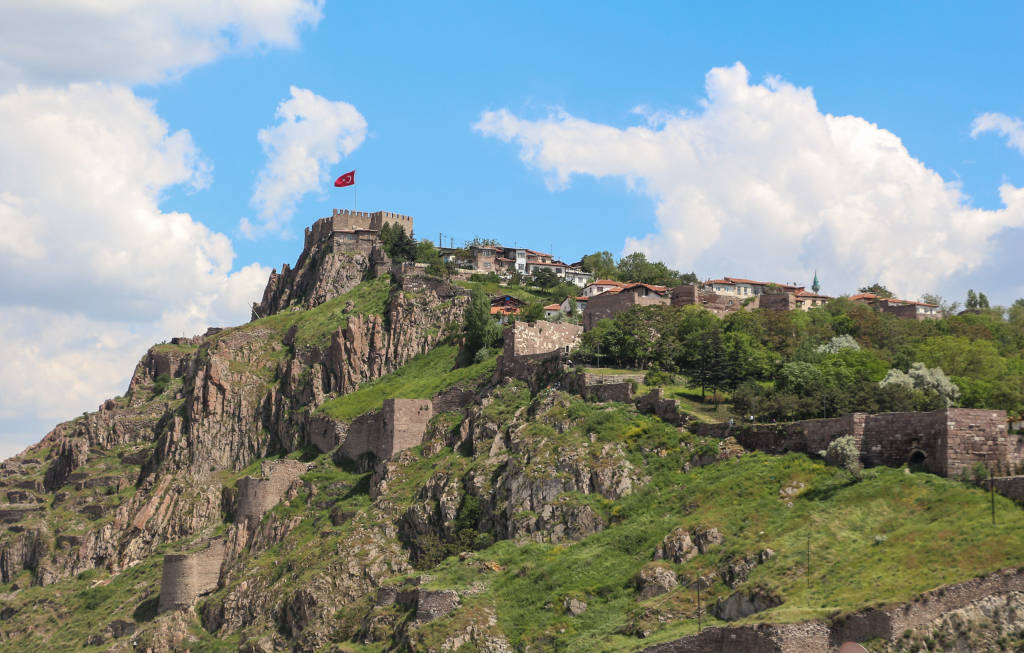
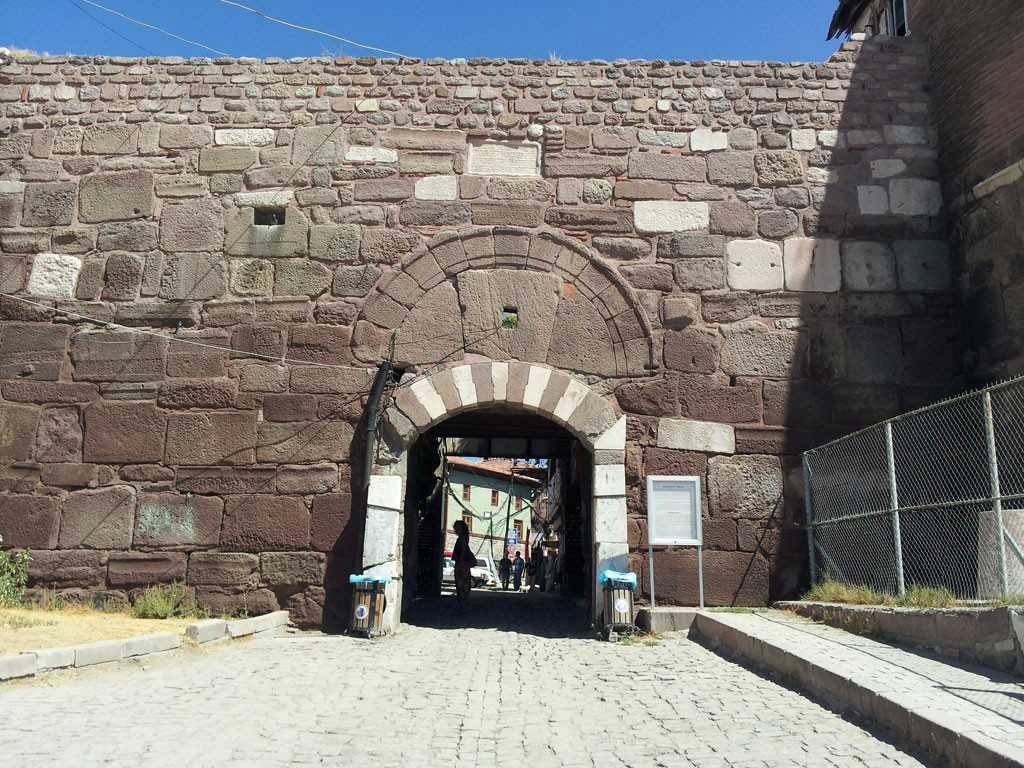
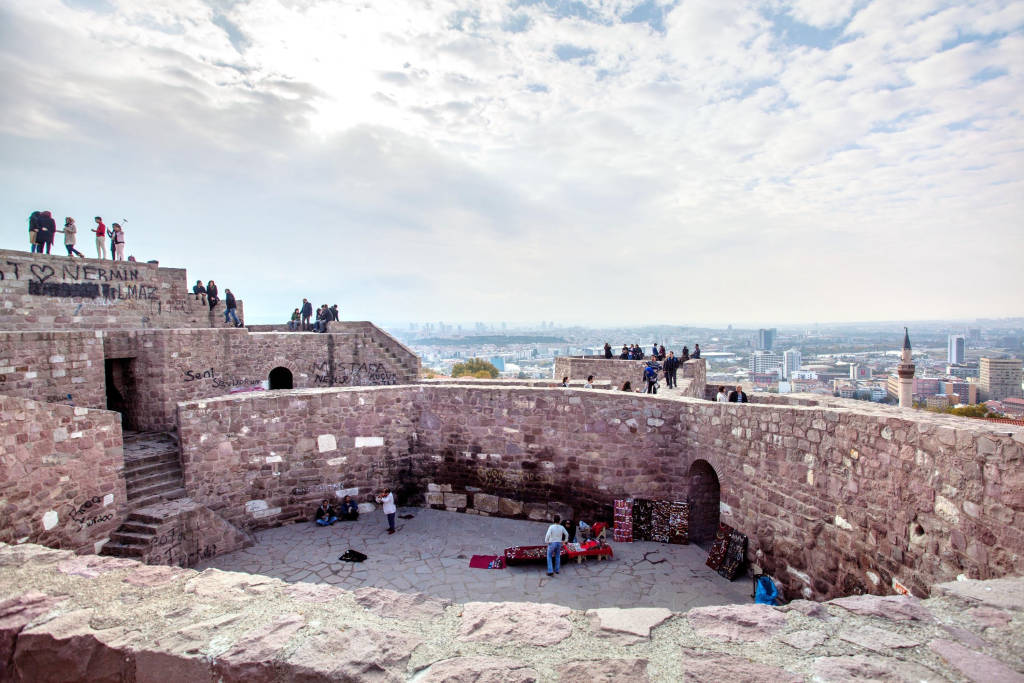
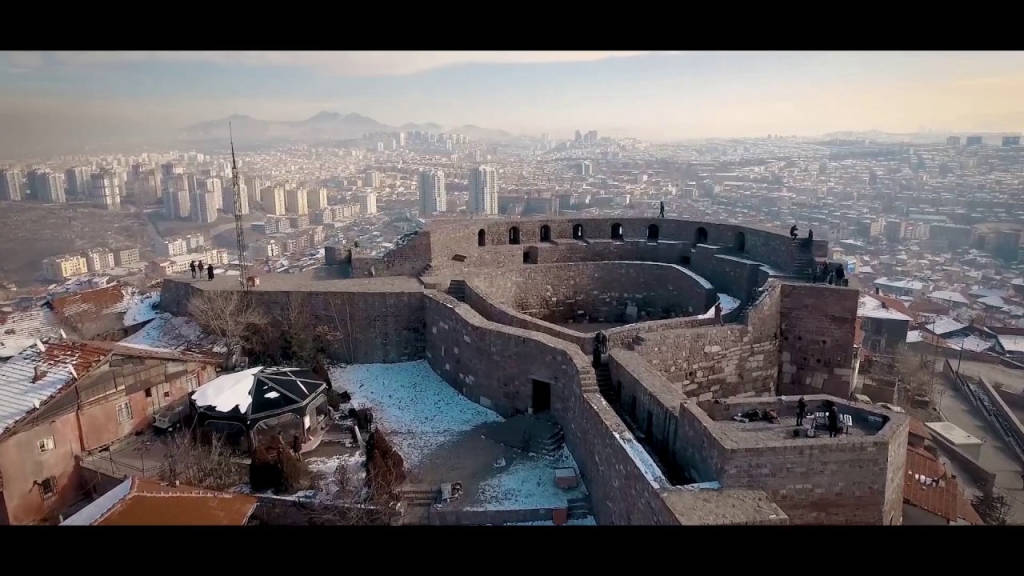







 Kale, 06240 Altındağ/Ankara, Turkey
Kale, 06240 Altındağ/Ankara, Turkey